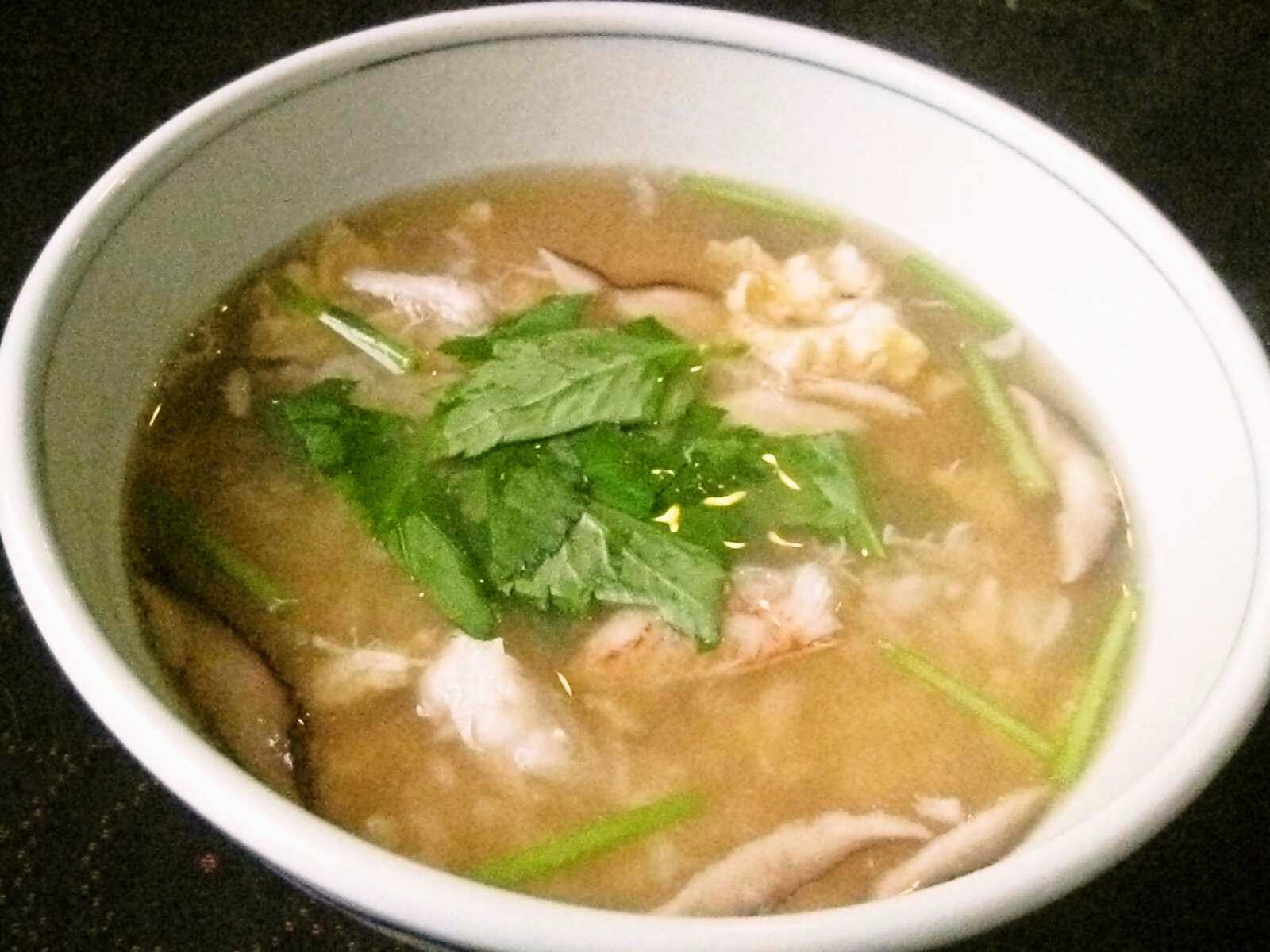All recipes are for 2 servings unless noted. Oil is canola oil and salt is kosher salt.
2013-09-29
Taiyaki / fish-shaped cakes with sweet azuki bean paste
One of my favorite Japanese sweets. There are many specialized taiyaki shops all over Japan, and their fish often have a different look. Sweet azuki bean paste is the traditional filling, although in the last few decades filling options have expanded to custard cream, matcha cream, chocolate cream, caramel cream, etc. I like the traditional style taiyaki, whose cake batter is made of flour, water, egg and baking soda (no milk or baking powder) and is filled with azuki bean paste cooked right there at the shop. The recipe below tastes very similar to the mini imagawayaki (a round cake with sweet azuki bean paste inside, which is the original form of taiyaki) I used to buy in my childhood at a little shop run by an old lady in a neighboring town.
Labels:
3 moderate,
60 min,
azuki,
pan-fry,
Recipes - Japanese,
sweets,
tsubuan
2013-09-27
Kani zosui / steamed rice with crab and egg in broth
A gentle, savory rice dish with quickly simmered crabmeat in soy sauce flavored dashi. Egg adds extra mildness while mitsuba highlights the whole combination. This warms up your body and is also great for a tired stomach.
Labels:
10 min,
2 easy,
crab,
easy,
eggs,
mitsuba,
Recipes - Japanese,
seafood,
simmer,
vegetables
2013-09-26
Moyashi to mitsuba no ohitashi / bean sprouts and mitsuba in light broth
Crisp and juicy moyashi is transformed into a small, refined dish by the addition of mitsuba with its clean, faintly bitter taste and aroma.
Labels:
1 very easy,
10 min,
blanch,
make ahead,
marinate,
mitsuba,
moyashi,
Recipes - Japanese,
vegetables
2013-09-23
Kakitamajiru, mitsuba-iri / egg flower clear soup with mitsuba
Eggs are one of the best matches with mitsuba. This distinctive aromatic Japanese herb instantly perks up an easy clear soup with fluffy eggs.
Labels:
1 very easy,
10 min,
eggs,
mitsuba,
Recipes - Japanese,
simmer
2013-09-21
Lunch, September 16
Unexpected events make your life more interesting. Who would think Tom would be sent to the ER and then admitted to the Critical Care Unit for cardiac problems?
2013-09-05
Daizu moyashi yakisoba / fried noodles with soybean sprouts
Soybean sprouts stay relatively crispy, making this yakisoba dish look and feel much bigger than it really is. Crunchy soybeans are an additional plus for the overall texture.
Labels:
1 very easy,
30 min,
cabbage,
carrots,
daizu moyashi,
nira,
noodles,
Recipes - Japanese,
stir-fry
2013-09-02
Myoga Japanese ginger buds
みょうが
Buds of Zingiber mioga
In summer and early fall, these jewels appear from the ground, emerging little by little. A tiny mole (cute one) coming out of the dark earth, looking confused -- that's how myoga buds appear. As a strong reminder of the season, myoga appears in a number of dishes, mainly as a garnish, in Japan. It is great simply sliced and added to green leafy salads, on top of steamed rice, cold noodles, miso soup, sunomono with rice vinegar dressing, tempura ... you name it. Myoga has a zesty tang and aroma, and its breezy sensation is a bit similar to the effect of mint. Myoga's taste and aroma are sharper than ginger's, and they are at their height when myoga is fresh and immediately after being cut or sliced. When preparing myoga raw for a dish, make sure to slice or cut it at the end, ideally immediately before serving, to enjoy its distinctive qualities. When used in cooking, you can still enjoy the taste and smell of myoga but on a milder level.
Subscribe to:
Posts (Atom)






